New Acoustic Technology Aids Fisheries Management
As fish and other marine life grow increasingly important for feeding a human population on the rise, how can high-tech acoustic-based scientific instruments assist fisheries management, while also opening up opportunities for interdisciplinary research?
Fishery scientists and managers working to keep stocks sustainable rely on state-of-the-art scientific instrumentation to better understand the dynamics and structure of fish stocks, as well as the resources those fish depend on. Echosounders can help quantify the biomass and behavior of fish, as well as the plankton and/or krill that many fish species eat, while Acoustic Doppler Current Profilers (ADCPs) provide information about currents, which can shape the availability of plankton.
“It used to be that the biological oceanographers could work in one place, while the physical oceanographers worked separately somewhere else,” said David Velasco, lead author of a paper on a combined ADCP and biological echosounder system called Signature100 presented at the Oceans’18 MTS/IEEE Kobe/Techno-Ocean 2018 conference.
More and more, collaborations between physical and biological scientists are coming to fruition as fisheries management is begins to take on a more holistic ecosystem approach and funding becomes even more limited. In order to match these changing needs, scientific instrumentation must follow suit.
The Signature100 long-range current profiler from Norwegian manufacturer Nortek lends itself well to collaborations between physical and biological scientists, since it uniquely combines the capabilities of an ADCP and a biological echosounder in one. It is currently the only instrument in the world providing this combined capacity, Nortek said.
“The biggest advantage of combining an ADCP and a single-beam wide-band echosounder as on the Signature100 comes down to costs and logistics,” Velasco said. “Currently, scientists wanting to study both physical and biological aspects need to purchase two separate pieces of equipment, each deployed separately. With the Signature100, however, instead of having to deal with two moorings and two separate installations, you just have one.”
Since the samples from the ADCP and echosounder are already accurately synchronized with each other in the one instrument, processing the data afterwards also becomes much more efficient, Nortek noted.
As reported in the IEEE paper, sea trials of the Signature100 in the Mediterranean Sea have demonstrated the high performance of this novel instrument. Focusing on the echosounder performance, a 70 kHz pulse (one of the three frequencies available in the system) was able to provide information on the movement of marine life.
Acoustically, a single fish can look very similar to a school of plankton of the same volume. For users to determine whether they are looking at one fish or a mass of plankton, and assess how big the individuals are, it is important they calibrate their echosounder for absolute backscatter.
For the purposes of this initial field test, the Signature100’s echosounder was not calibrated for absolute backscatter, but from the movement patterns seen in the echograms the team is confident they detected the migration of plankton up and down the water column. Nortek said it is currently developing a way for users to calibrate the echosounders to enhance the instrument’s identification potential.
For those more interested in physical oceanography, the Signature100’s echosounder beam used in the field validation in the Mediterranean Sea also identified internal waves toward the bottom half of the water column. Meanwhile, setting the ADCP to transmit 60 pings at 0.25 Hz on a 5-minute repeating sequence, and with a profile of sixty 10 m depth cells, the tested instrument was able to profile currents through a maximum usable range of up to 420 m.
Nortek said the field test lasted only five days, but the unit’s low power consumption means the Signature100 can collect data for up to a year in other deployments. The data retrieved from such a long-term deployment can help scientists understand the seasonal dynamics of an area and play a role in understanding the longer-term impacts of climate change on the ocean and implications for fisheries management.





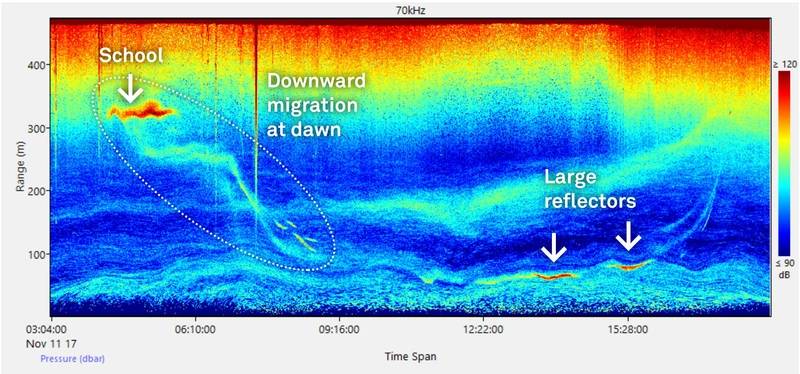
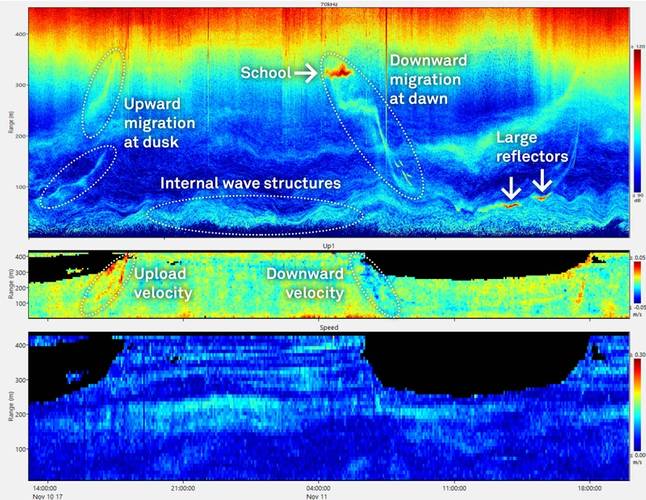
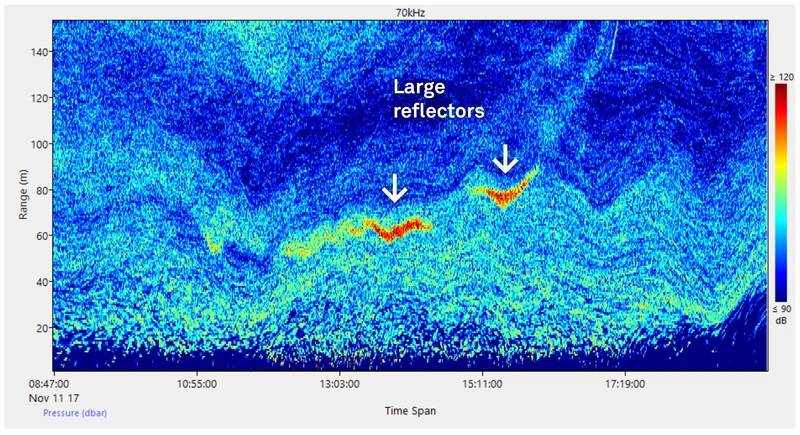
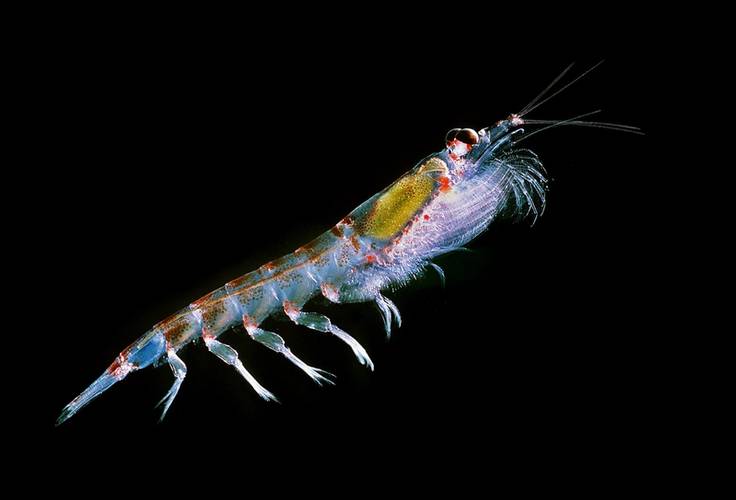

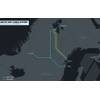
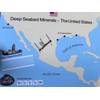
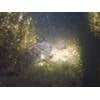
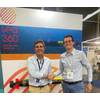






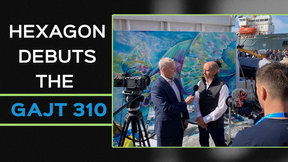
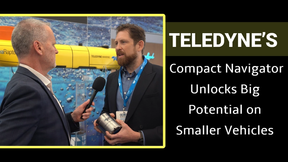
 February 2025
February 2025



